Jean MARTIN (1911-1996)
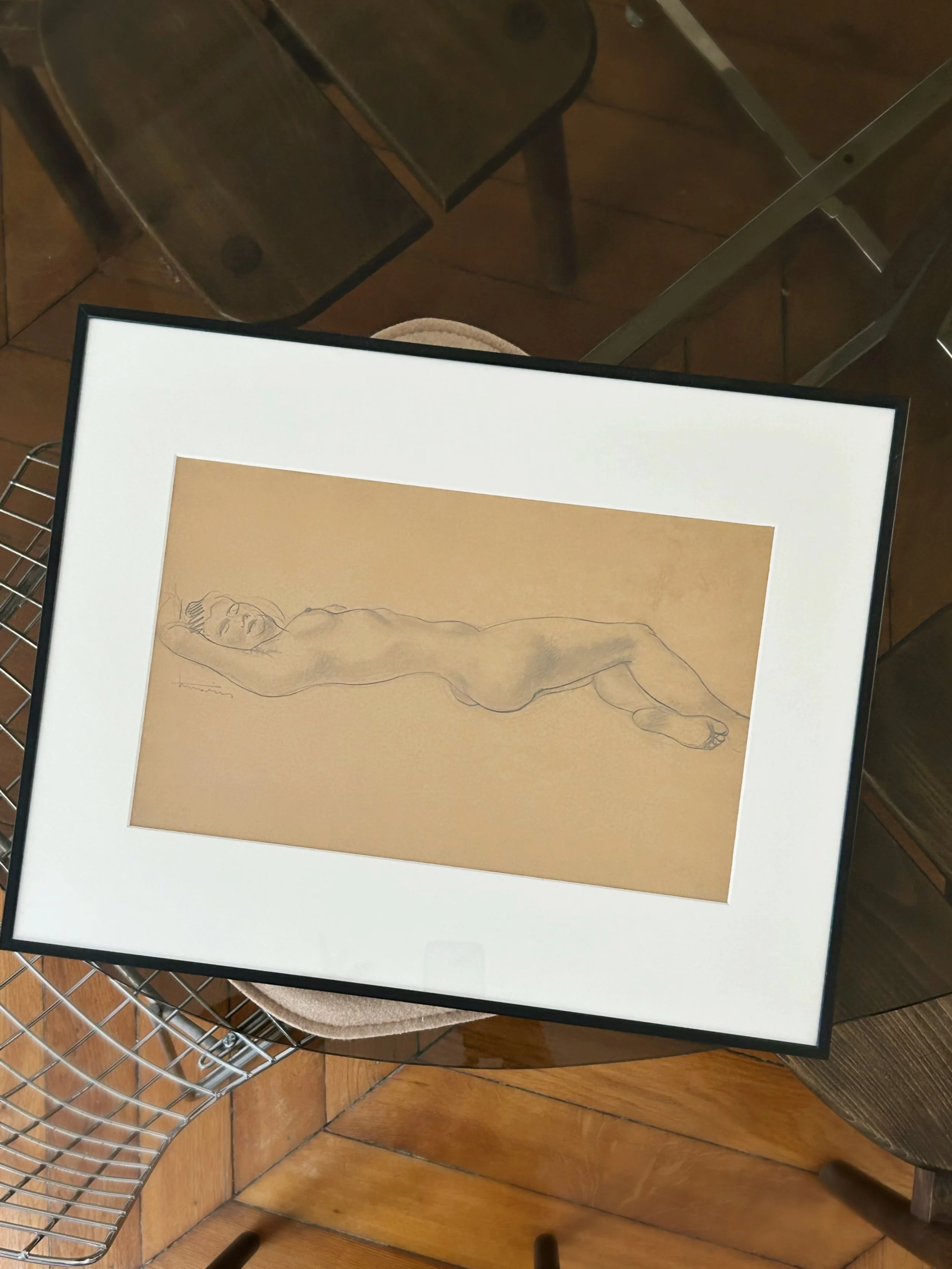
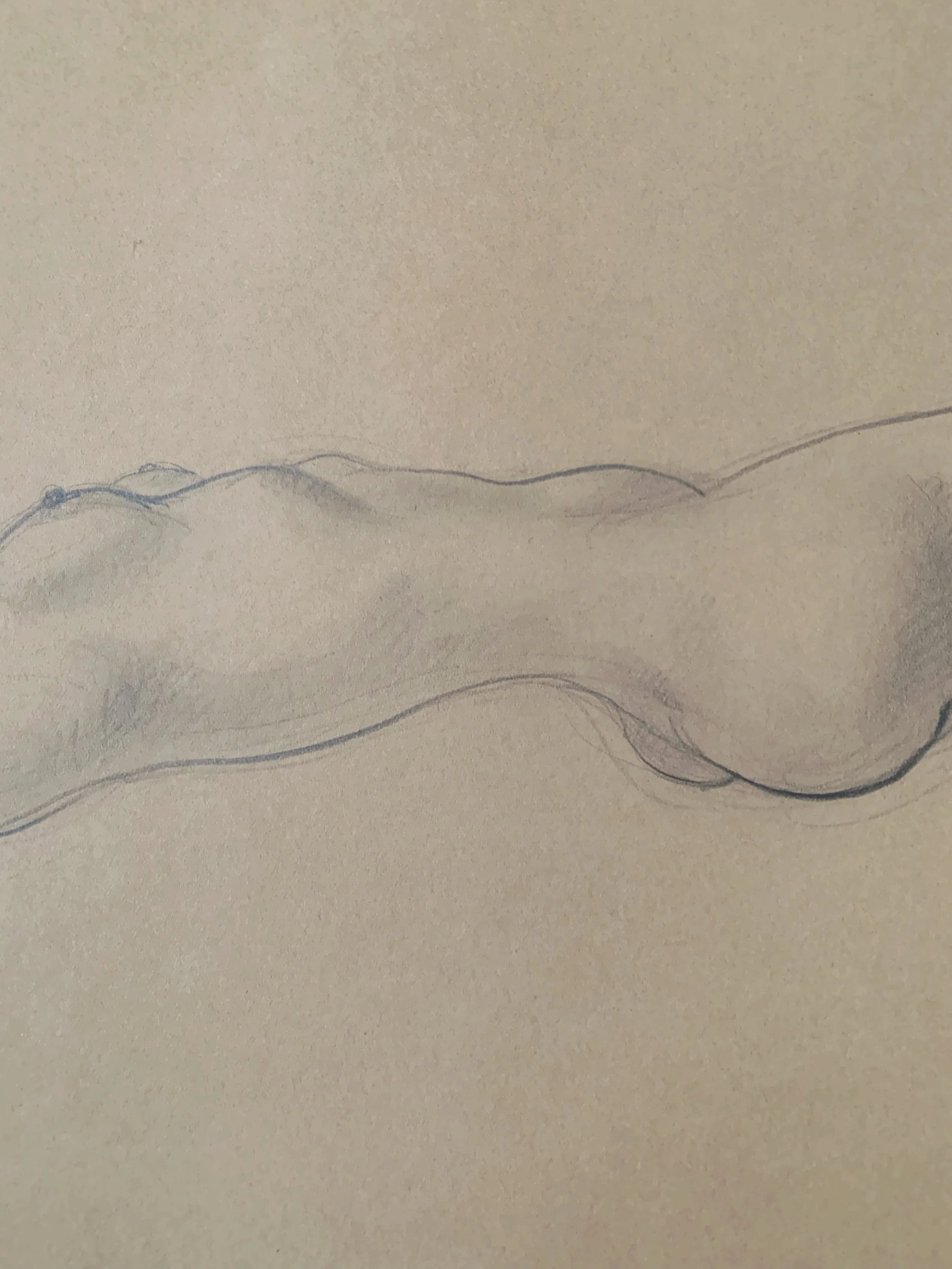
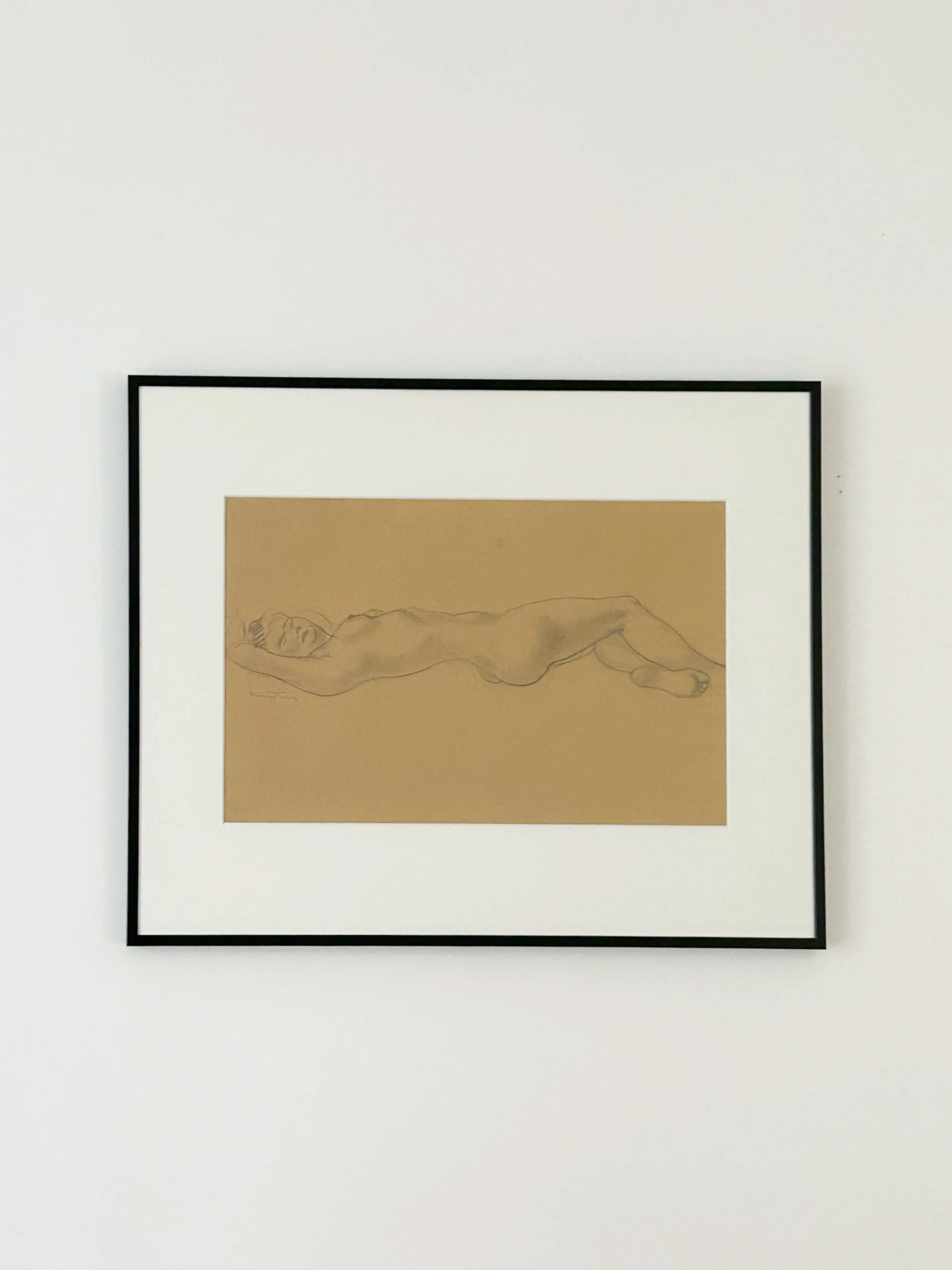

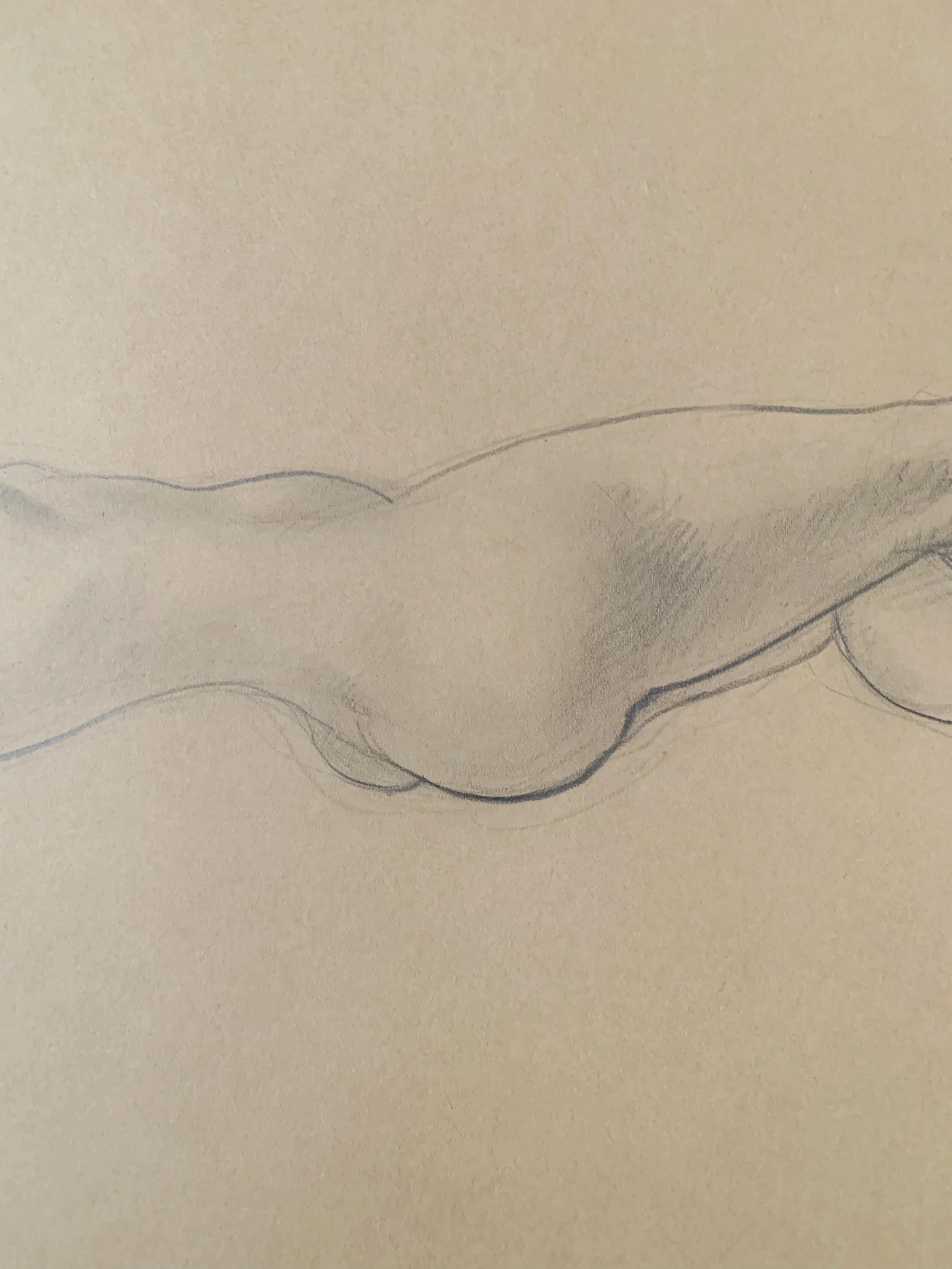
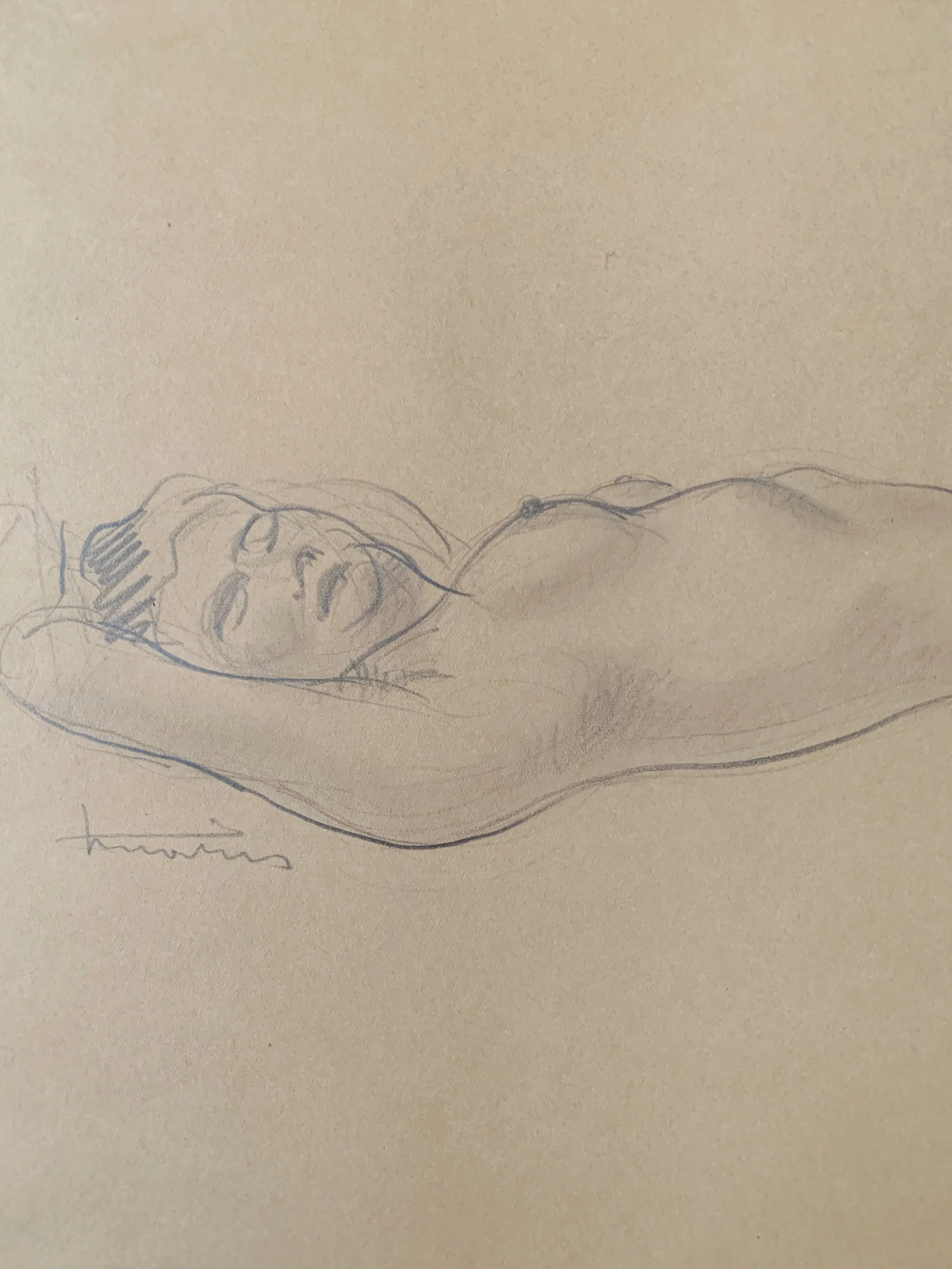
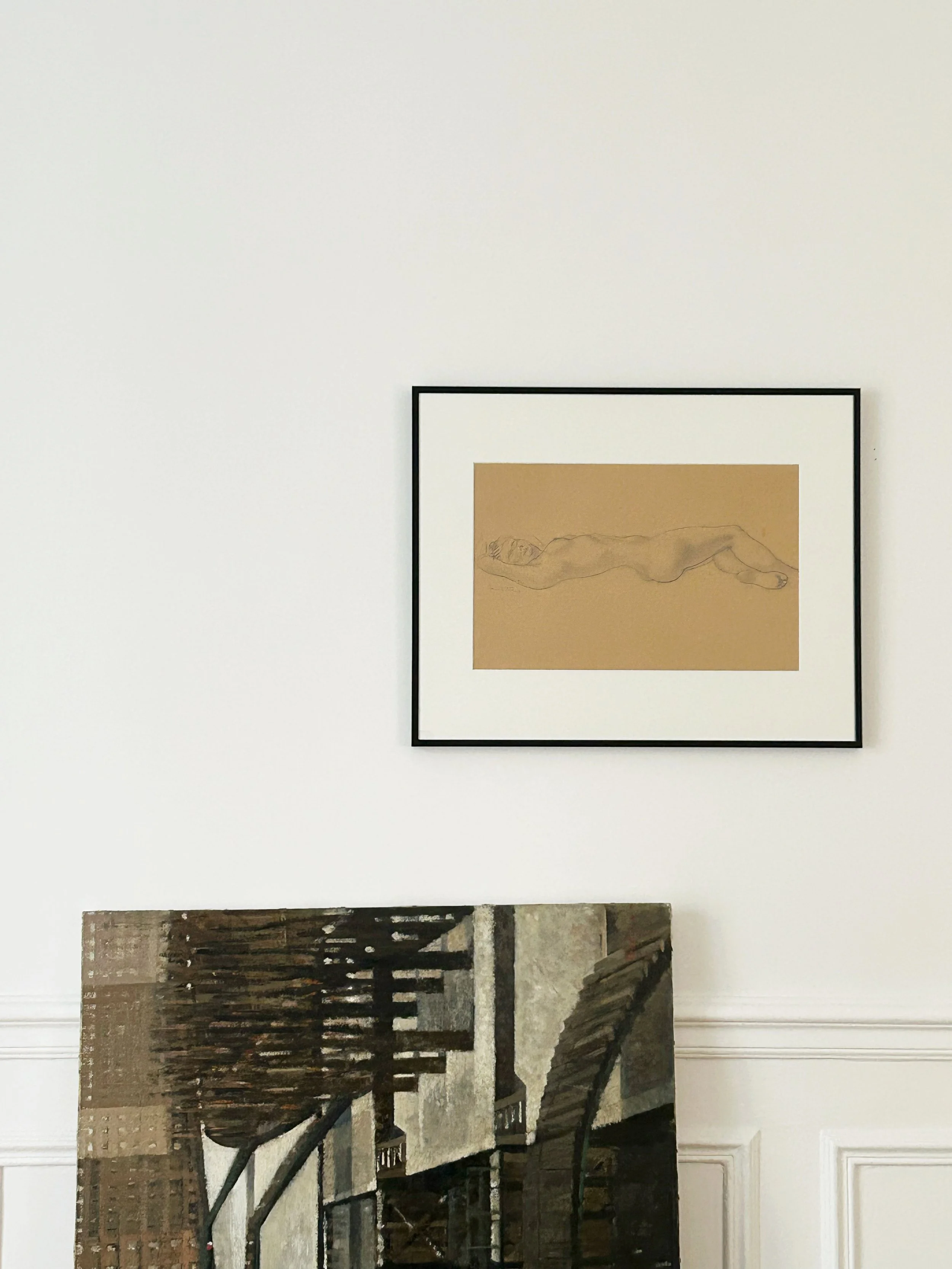
Jean MARTIN (1911-1996)
Nu féminin allongé
Mine de plomb sur papier
Signé à gauche
25 x 38 cm
cadre : 40 x 50 cm
-
Female nude
Pencil on paper
Signed on the left
25 x 38 cm
frame : 40 x 50 cm
Artiste peintre autodidacte né à Lyon en 1911, Jean Martin développe une peinture de la réalité s’inscrivant en marge des débats autour de la querelle du réalisme. Il expose pour la première fois au Salon d’Automne en 1933, au Salon du Sud-Est (Lyon) l’année suivante ainsi qu’au Salon des Indépendants dès 1935.
Le style pictural de Jean Martin est marqué par l’ascendance des maîtres allemands du XVIe siècle dans le sillage de Matthias Grünewald, Lucas Cranach ou encore Albrecht Dürer dont il observe longuement le travail grâce aux reproductions d'œuvres qu’il conserve religieusement. Il est par ailleurs fortement influencé par l’expressionnisme flamand contemporain. L’École de Laethem-Saint-Martin, découverte en 1927 à l’occasion de l’exposition L’Art belge organisée au Musée des beaux-arts de Grenoble, produit chez l’artiste un véritable choc visuel et imprègne particulièrement sa peinture des années 1930.
Dès 1933, Jean Martin se lie d’amitié avec le galeriste Marcel Michaud qui lui sera d’un grand soutien. Les deux hommes partagent l’ambition d’un art social nourri des conquêtes du Front populaire. L’année suivante, sa rencontre avec Henri Héraut, critique d’art et fondateur du groupe Forces Nouvelles, se révèle également déterminante. En 1938, Jean Martin expose à la galerie Billiet-Vorms à Paris à l’occasion de l‘ultime manifestation dudit groupe aux côtés de Georges Rohner, Jean Lasne, Henri Jannot ou encore Robert Humblot. Il y présente son chef-d’œuvre, Les Aveugles (1937)(ill.1), aujourd’hui conservé au musée des beaux-arts de Lyon. Ces artistes désapprouvent notamment la déformation systématique de la nature.
En 1940, l’intérêt que l’artiste porte au livre et au monde de l’édition l’amène à collaborer avec Marc Barbezat à la création de la revue d’avant-garde L’Arbalète dont il imagine la première couverture. Après-guerre, Jean Martin quitte Lyon pour Paris où il contribue au renouveau des arts de la scène. Il côtoie ainsi des figures majeures du théâtre français pour lesquelles il crée de nombreux décors et costumes de théâtre et ce parfois en collaboration avec Jean Bertholle, Christian Bérard ou encore Pablo Picasso. Au début des années 1950, il fonde la galerie Art et tradition chrétienne prenant une part active au renouveau de l’art sacré.
Le trait aigu, ciselant, marquant le contour du modèle n’est pas sans évoquer l'œuvre graphique de Georges Rohner et ses nus aux cadrages audacieux (ill.2).
ill.1 Jean Martin, Les Aveugles, 1937, huile sur toile, Lyon, musée des beaux-arts.
ill 2 Georges Rohner, Étude pour Le Noyé, 1938, mine de plomb et crayon graphite sur papier, Paris, Centre Pompidou, musée national d’art moderne.
Bibliographie
Jean-Christophe Stuccilli, Jean Martin, peintre de la réalité, Paris, Somogy, 2016.
Alice Massé, Jean-Christophe Stuccilli (sous la dir. de), Les Jean Martin de La Piscine, Gand, Snoeck éditions, 2016.
Exposition monographique
Jean Martin, peintre de la réalité, Roubaix, La Piscine, musée d’art et d’industrie André Diligent, 2016.
Collections publiques
Roubaix, La Piscine, musée d’art et d’industrie André Diligent
Lyon, Musée des beaux-arts
Boulogne-Billancourt, Musée des années 30
Villefranche-sur-Saône, Musée Paul Dini
Valence, Musée des beaux-arts
A self-taught painter born in Lyon in 1911, Jean Martin developed a style of reality painting on the bangs of the debates surrounding the realism quarrel. He exhibited for the first time at the Salon d'Automne in 1933, at the Salon du Sud-Est (Lyon) the following year, and at the Salon des Indépendants from 1935.
Jean Martin's pictorial style is marked by the influence of the 16th-century German masters in the wake of Matthias Grünewald, Lucas Cranach and Albrecht Dürer, whose work he observed at length thanks to reproductions of works he kept religiously. He was also strongly influenced by contemporary Flemish Expressionism. The Laethem-Saint-Martin School, discovered in 1927 during the L'Art belge exhibition at the Musée des beaux-arts de Grenoble, was a real visual shock for the artist, and particularly influenced his painting in the 1930s.
In 1933, Jean Martin befriended gallery owner Marcel Michaud, who was to be a great support to him. Both men shared the ambition of a social art nourished by the conquests of the Front Populaire. The following year, his meeting with Henri Héraut, art critic and founder of the Forces Nouvelles group, also proved decisive. In 1938, Jean Martin exhibited at the Billiet-Vorms gallery in Paris for the group's final show, alongside Georges Rohner, Jean Lasne, Henri Jannot and Robert Humblot. He presented his masterpiece, Les Aveugles (1937), now in the Musée des Beaux-Arts in Lyon. In particular, these artists disapproved of the systematic distortion of nature.
In 1940, the artist's interest in books and publishing led him to collaborate with Marc Barbezat in the creation of the avant-garde magazine L'Arbalète, for which he designed the first cover. After the war, Jean Martin left Lyon for Paris, where he contributed to the revival of the performing arts. He worked alongside major figures in French theater, for whom he created numerous sets and costumes, sometimes in collaboration with Jean Bertholle, Christian Bérard and Pablo Picasso. In the early 1950s, he founded the Art et tradition chrétienne gallery, playing an active role in the revival of sacred art.
The sharp, chiseling lines marking the model's contours are reminiscent of the graphic work of Georges Rohner and his boldly framed nudes.


